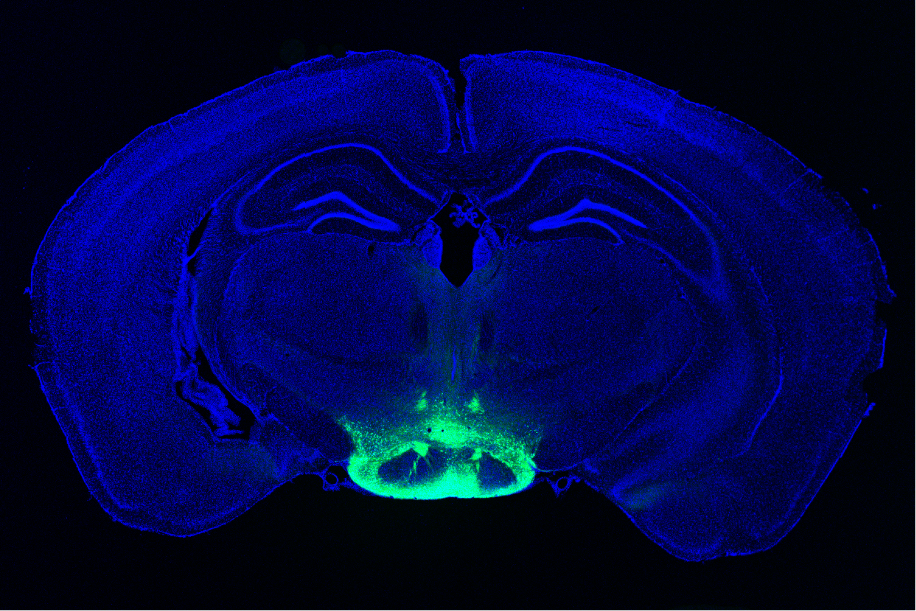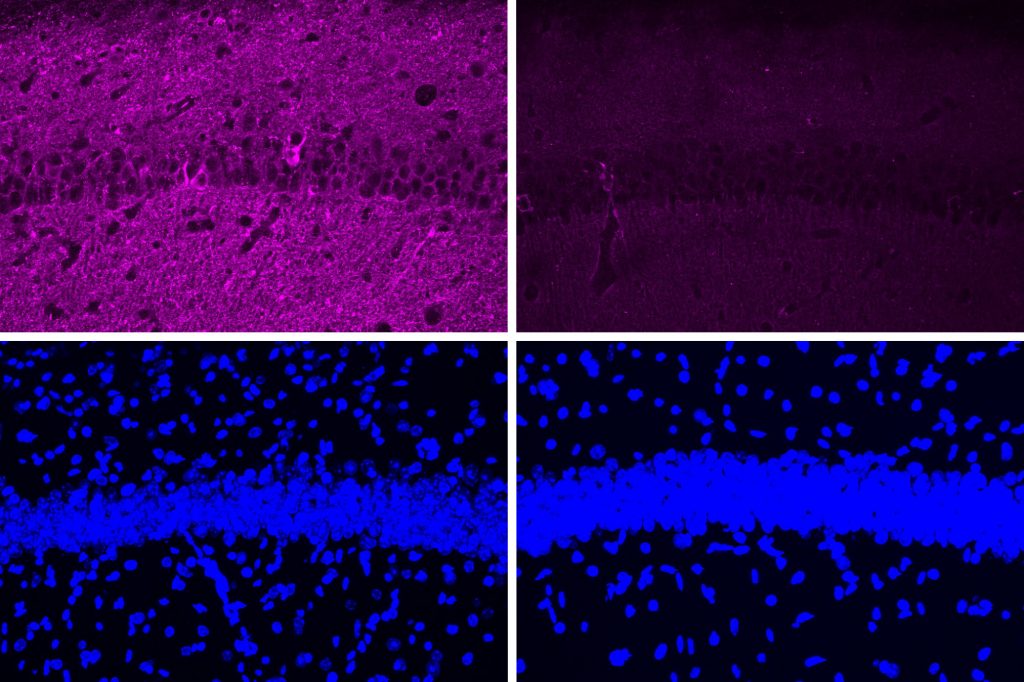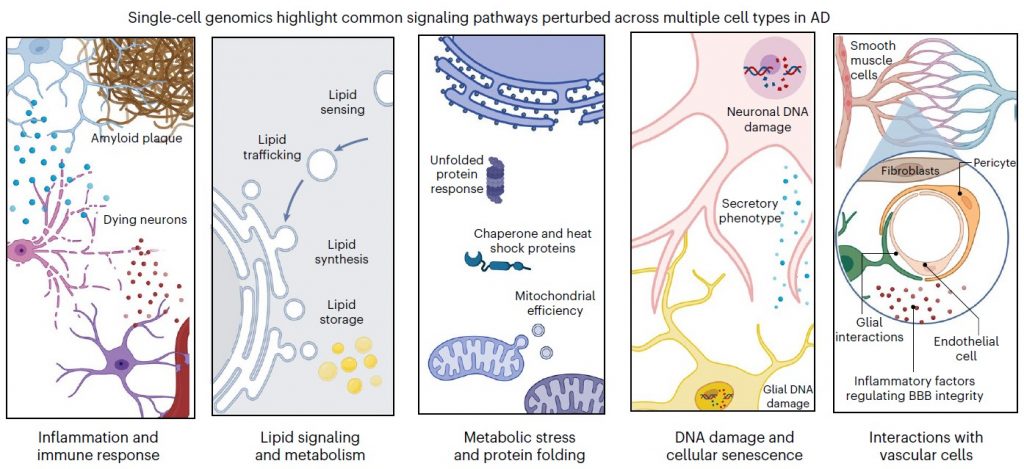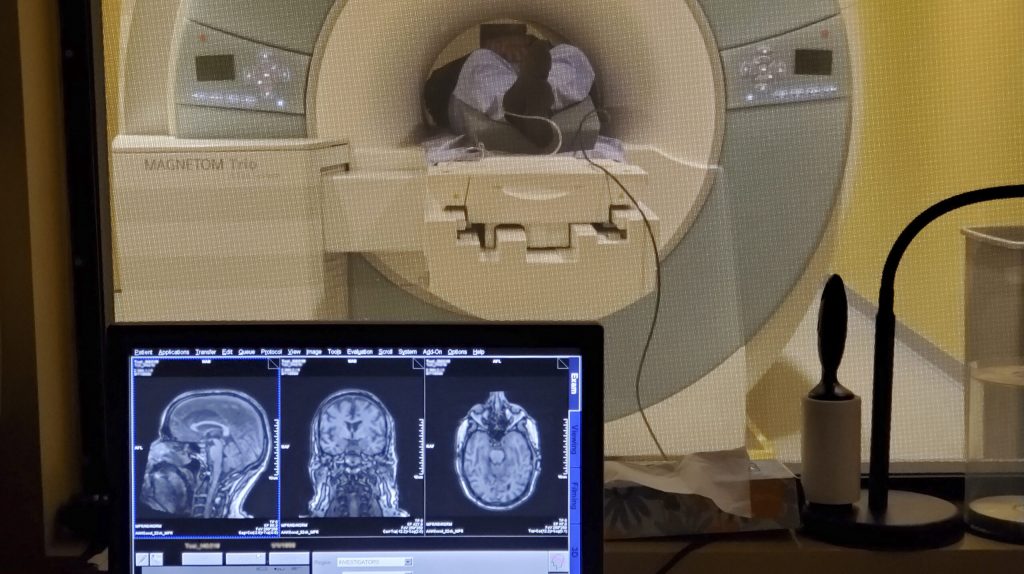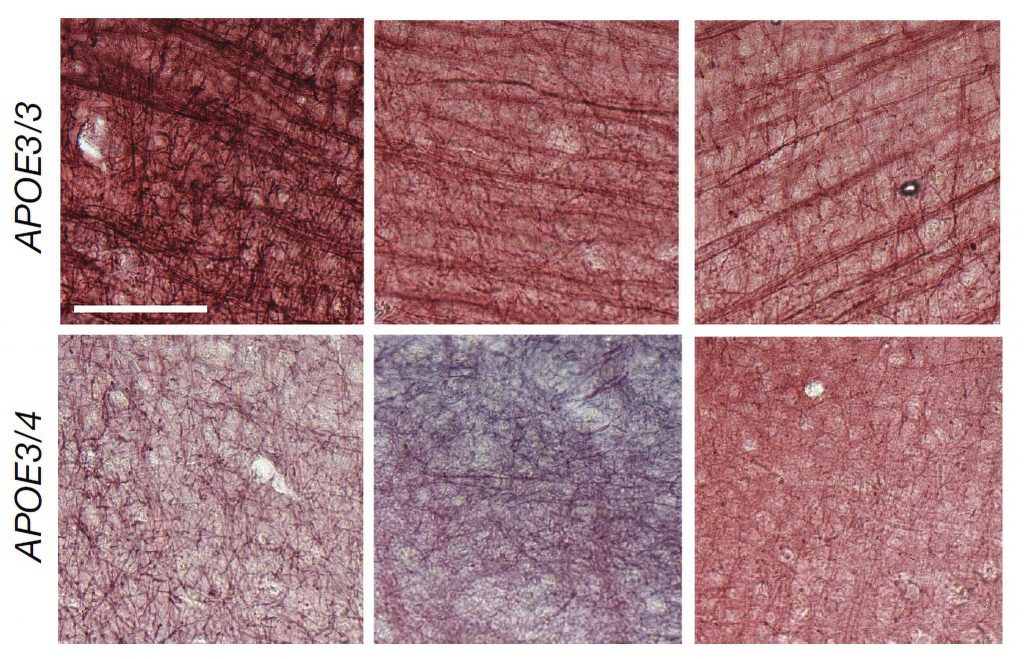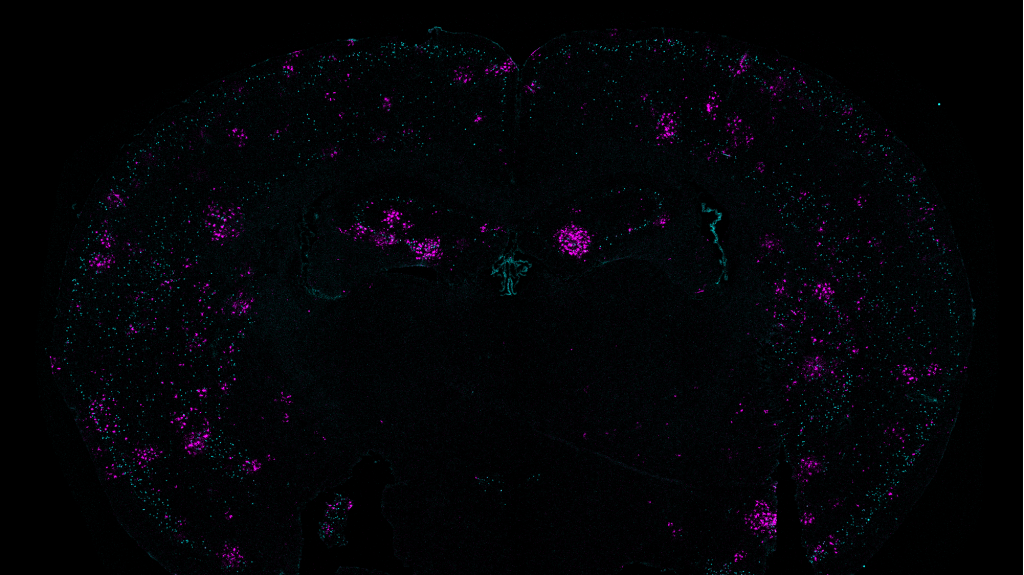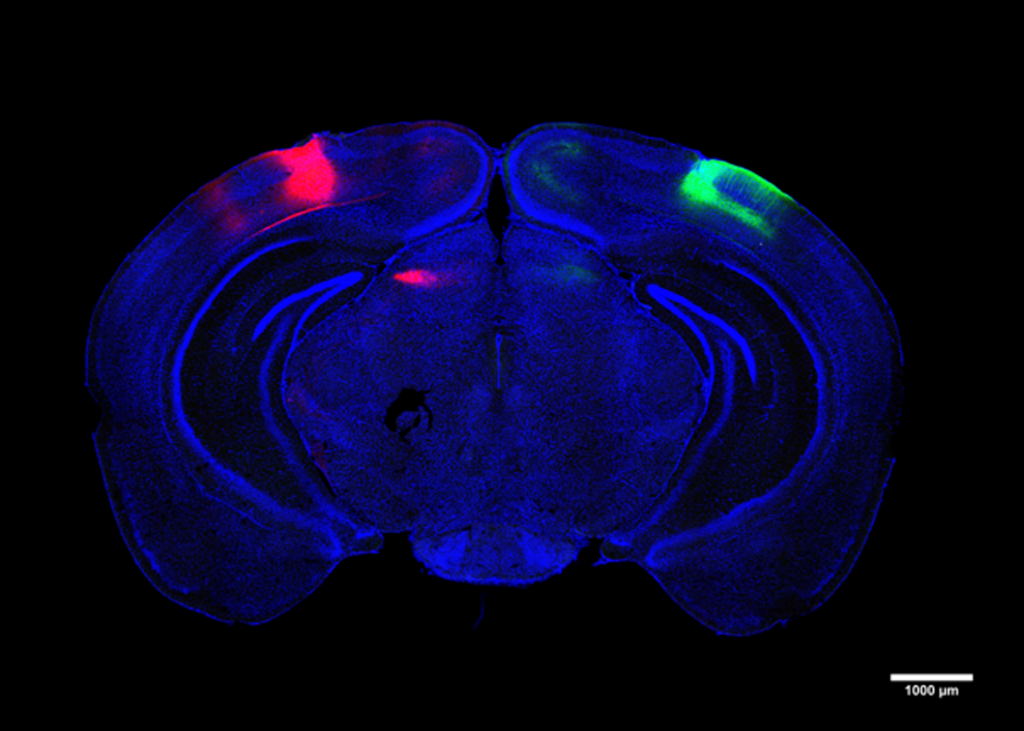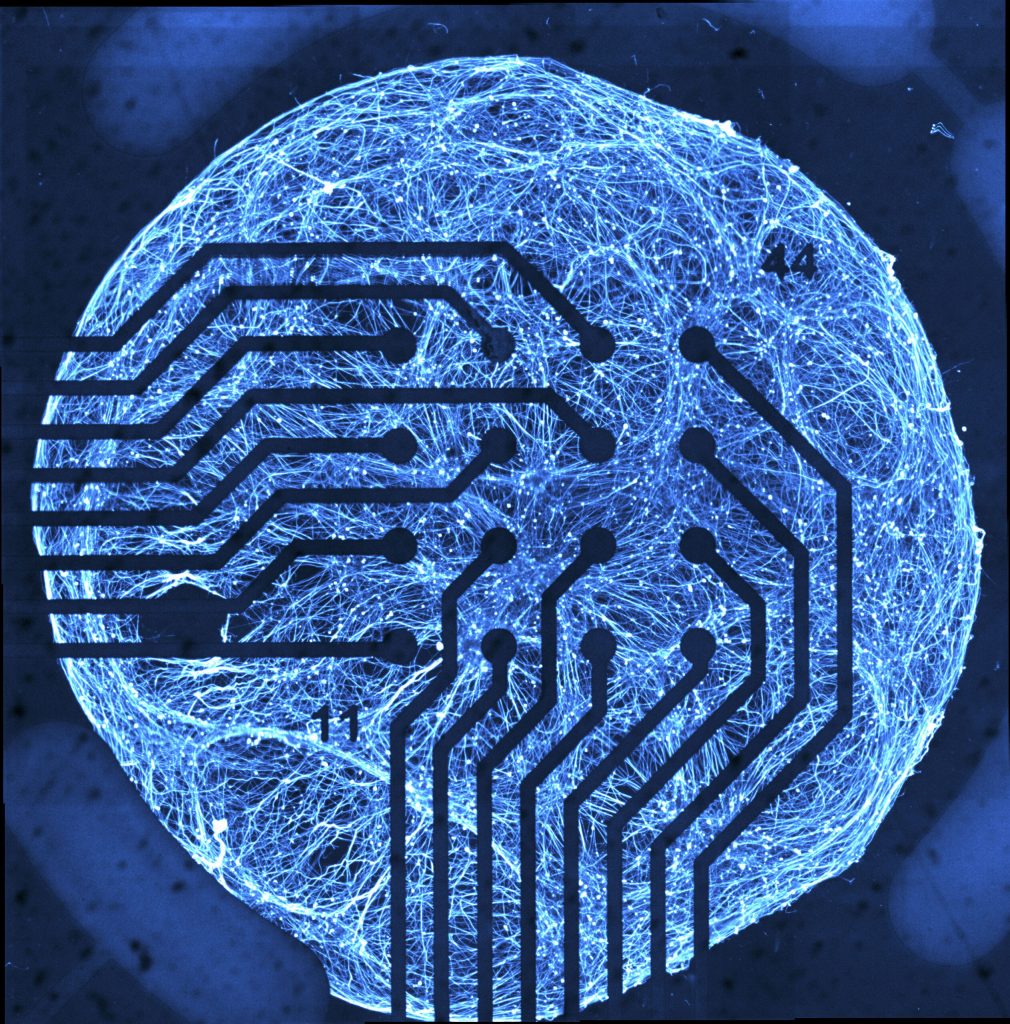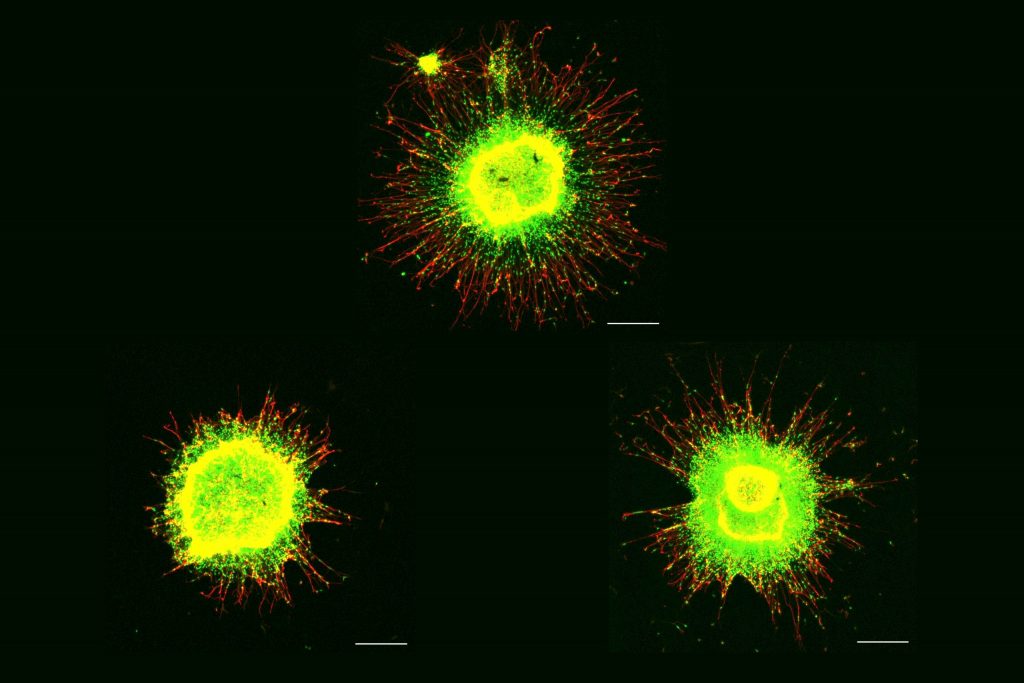Neurons that form part of a memory circuit are among the first brain cells to show signs of neurodegeneration in Alzheimer’s disease. Neurodegeneration, or the gradual loss of neuron function, is one of the key features of Alzheimer’s disease. However, it doesn’t affect all parts of the brain equally. One of the first brain regions …
